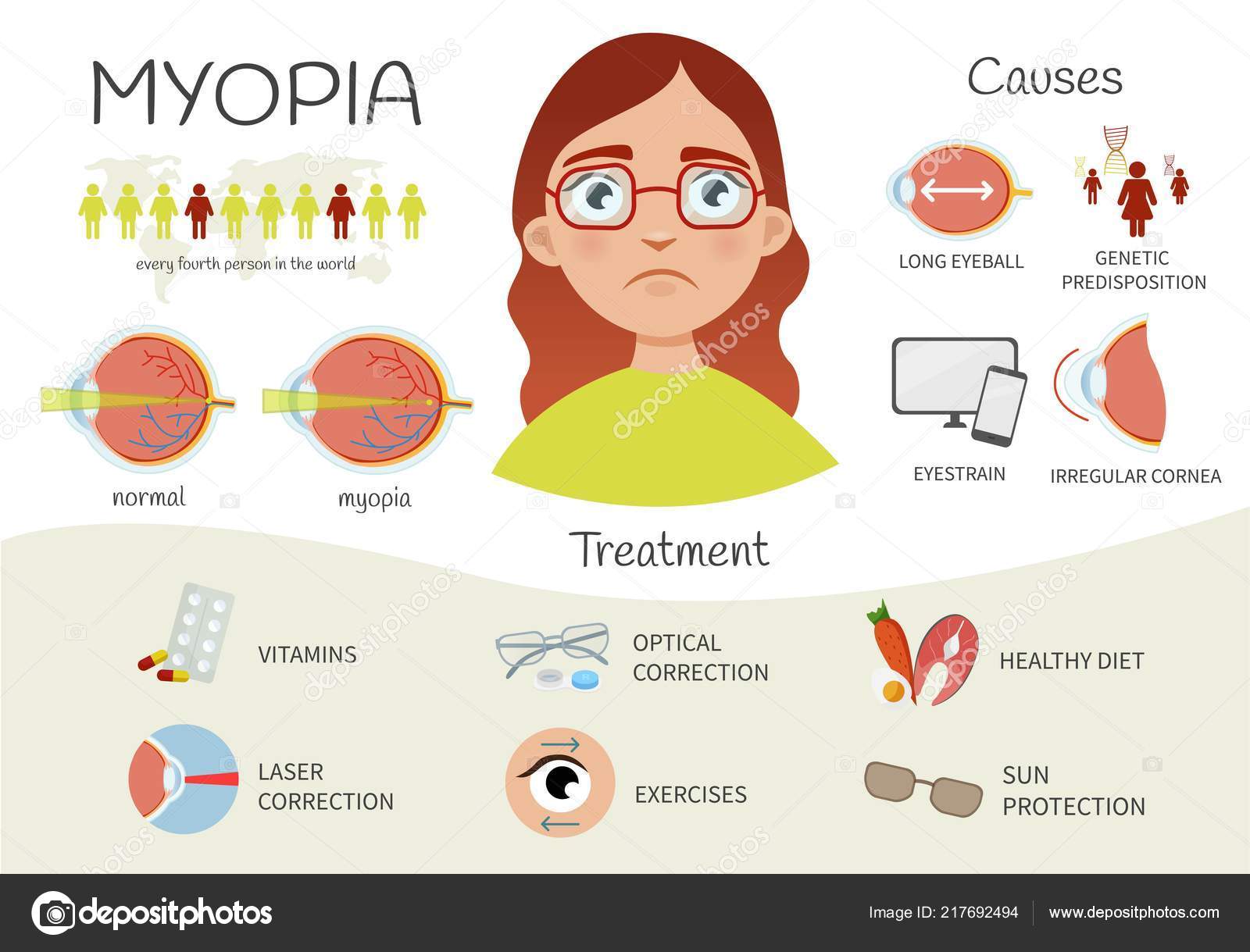Pondering SMILE Surgery? Examine Vital Aspects And Insights That Will Assist You In Reaching A Thoughtful Choice Worrying Your Aesthetic Future
Pondering SMILE Surgery? Examine Vital Aspects And Insights That Will Assist You In Reaching A Thoughtful Choice Worrying Your Aesthetic Future
Blog Article
Material Written By-Craven Cochran
If you're contemplating SMILE eye surgical procedure, consider this: are you prepared to welcome prospective visual liberty, or does the idea of any type of risks make you wait? Your choice will certainly hinge on a cautious equilibrium of weighing the benefits against the uncertainties. It's critical to dive much deeper right into the subtleties of SMILE surgical treatment to make an educated option that lines up with your visual goals.
Comprehending SMILE Eye Surgical Procedure
When considering SMILE Eye Surgical treatment, it is necessary to understand the treatment and its benefits. SMILE, which stands for Little Incision Lenticule Removal, is a minimally intrusive laser eye surgical treatment that deals with typical vision problems like myopia (nearsightedness).
During the procedure, your eye cosmetic surgeon will certainly utilize a femtosecond laser to create a little laceration in your cornea. Through this incision, a tiny disc of cells called a lenticule is gotten rid of, improving the cornea and remedying your vision.
Among the crucial benefits of SMILE Eye Surgical treatment is its fast recovery time. Numerous clients experience improved vision within a day or 2 after the procedure, with minimal pain.
Additionally, SMILE is known for its high success price in offering long-term vision modification. Unlike LASIK, SMILE does not require the development of a flap in the cornea, lowering the threat of complications and allowing for a more steady corneal framework post-surgery.
Comprehending the procedure and its advantages is critical when considering SMILE Eye Surgery for vision modification.
Advantages and disadvantages of SMILE
Thinking About SMILE Eye Surgery for vision adjustment includes different benefits and possible disadvantages.
Among the main pros of SMILE is its minimally invasive nature, as it entails a little laceration and typically leads to fast recovery times. The procedure is likewise known for creating very little pain and dry eye signs post-surgery contrasted to other vision adjustment methods. In addition, SMILE has been shown to offer excellent aesthetic outcomes, with lots of patients attaining 20/20 vision or much better.
On the other hand, a potential disadvantage of SMILE is that it may not appropriate for individuals with serious refractive mistakes, as the treatment array is somewhat restricted contrasted to LASIK. Another consideration is that the discovering contour for specialists implementing SMILE can impact the availability of knowledgeable providers in particular locations.
It's important to evaluate these pros and cons very carefully when deciding if SMILE is the appropriate choice for your vision modification demands.
Determining Qualification for SMILE
To figure out if you're eligible for SMILE eye surgical procedure, your eye doctor will certainly conduct a detailed analysis of your eye wellness and vision demands. During this examination, aspects such as the security of your vision prescription, the density of your cornea, and the total health and wellness of your eyes will certainly be examined.
Generally, prospects for SMILE more than 22 years of ages, have a steady vision prescription for at least a year, and have healthy corneas without problems like keratoconus.
Your optometrist will likewise consider your total eye wellness, any kind of existing eye conditions, and your way of life requires to identify if SMILE is the right choice for you. https://howtogetlasik75310.weblogco.com/29309112/the-next-generation-of-vision-correction-a-research-study-of-the-innovations-connected-with-smile-eye-surgical-treatment to connect any details visual requirements or issues you might have during this assessment to ensure that the treatment straightens with your expectations.
If you aren't eligible for SMILE, your optometrist might recommend alternate vision correction alternatives that better suit your specific requirements and eye health and wellness condition.
Conclusion
Eventually, deciding whether SMILE eye surgical procedure is right for you requires careful consideration of your specific eye health and aesthetic demands. Talk to 5 months after cataract surgery to determine your qualification for the procedure and evaluate the prospective advantages and disadvantages. Remember to connect any concerns or questions you might have during the assessment process to make an informed choice about your vision adjustment alternatives.
